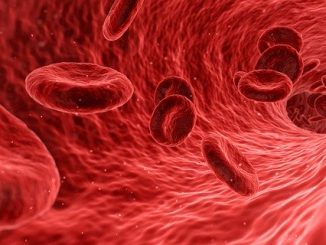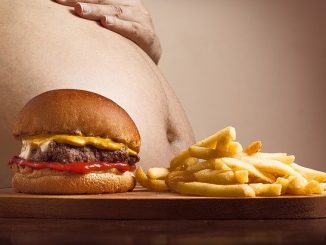
DNA Ligase
DNA ligase is a crucial enzyme in molecular biology that plays a fundamental role in the process of DNA replication, repair, and recombination. Its function […]

DNA ligase is a crucial enzyme in molecular biology that plays a fundamental role in the process of DNA replication, repair, and recombination. Its function […]

Autophagy, from the Greek words meaning “self-eating,” is an essential cellular process involved in the degradation and recycling of damaged or unnecessary cellular components. It […]

Chaperone proteins, also known as molecular chaperones, play a crucial role in maintaining cellular homeostasis by assisting in the proper folding of proteins, preventing misfolding […]

Interleukins (ILs) represent a complex family of signaling molecules crucial for communication within the immune system. These proteins play a pivotal role in regulating immune […]

The Toll-like receptor (TLR) signaling pathway is a critical component of the innate immune system, serving as the first line of defense against microbial pathogens. […]

The Janus kinase-signal transducer and activator of transcription (JAK-STAT) signaling pathway is a crucial mechanism employed by cells to transmit signals from the cell membrane […]

In the biological sciences, cell theory was first developed in the mid-1800s when it was realised that all living organisms were made up of cells. […]
![DNA. Nucleic acid purification. Okazaki fragments. PCR (digital PCR [dPCR], multiplex digital PCR, qPCR), DNA Repair, DNA Replication in Eukaryotes, DNA replication in prokaryotes, DNA barcoding](https://foodwrite.co.uk/wp-content/uploads/2016/11/dna-geralt-pixaby-03539309_640-326x245.jpg)
DNA replication is one of the most fundamental processes in all living organisms, ensuring the faithful transmission of genetic material from one generation to the […]

Introduction Immunoprecipitation (IP) is a powerful technique in molecular biology that enables the isolation of specific proteins or protein complexes from complex biological samples using […]

Carbamoyl phosphate plays a central role in the biosynthesis of arginine in microbes, acting as a crucial nitrogen donor in the pathway. It is an […]

FAD stands for Flavin Adenine Dinucleotide, and it is a coenzyme that plays a critical role in various biological processes. It is derived from riboflavin, […]

Activating transcription factor 6 (ATF6) is a key transcription factor involved in the unfolded protein response (UPR) pathway, which is activated in response to endoplasmic […]

Glutathione is a key component used by the body as an antioxidant. It is produced by a number of tissues but the main centre of […]

A virus is a non-cellular particle which consists of genetic material and protein that enables it to invade living cells. Some do contain lipid as […]

The cytoskeleton is an important and complex network of protein fibers and filaments within the cytoplasm of the cell. It is one of the characteristic […]

The De Novo Synthesis of fatty acids is our main pathway for creating these important molecules. Fatty acids are combined with glycerol to produce triacylglycerols […]

Glycolysis is one of the cells main ways of generating energy as well as producing intermediates for other reactions. In the old days, the pathway […]

The Citric Acid Cycle (TCA cycle) is one of our most important metabolic pathways for the generation of energy and the production of various substrates […]

DNA helicases are essential enzymes that play a crucial role in various cellular processes by unwinding the double-stranded DNA molecule. Their ability to separate the […]

Introns, non-coding segments of RNA transcripts in eukaryotic organisms, have long been a subject of fascination and research due to their intricate role in gene […]
Copyright © 2025 | WordPress Theme by MH Themes